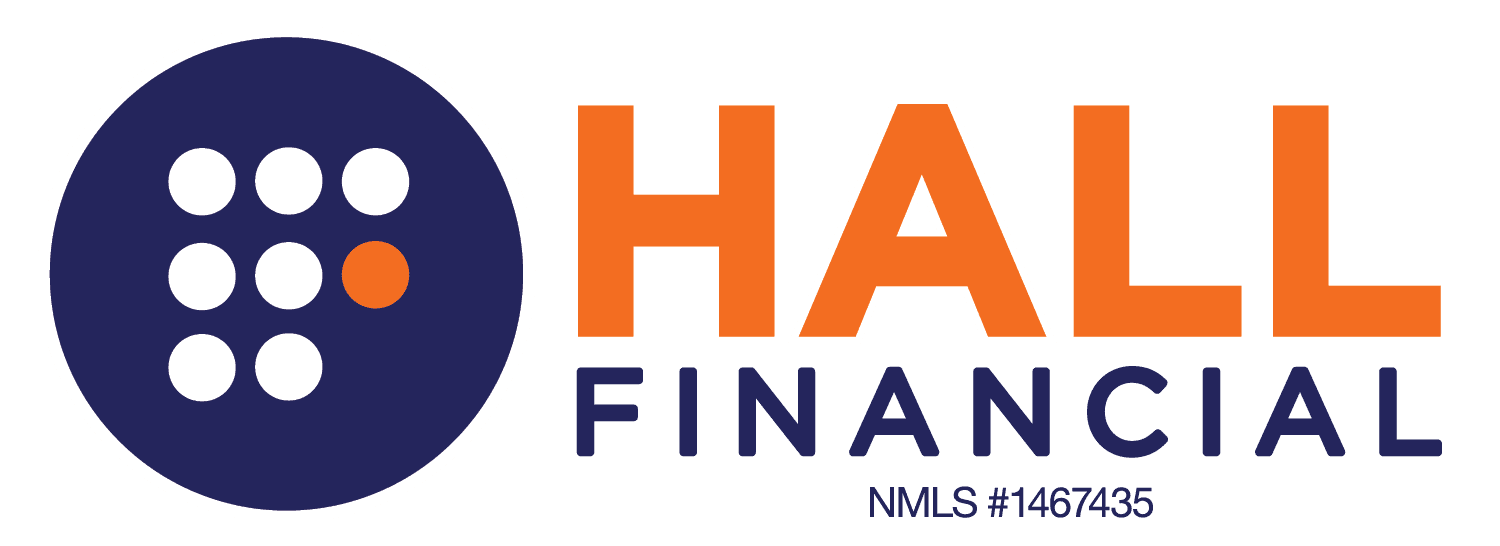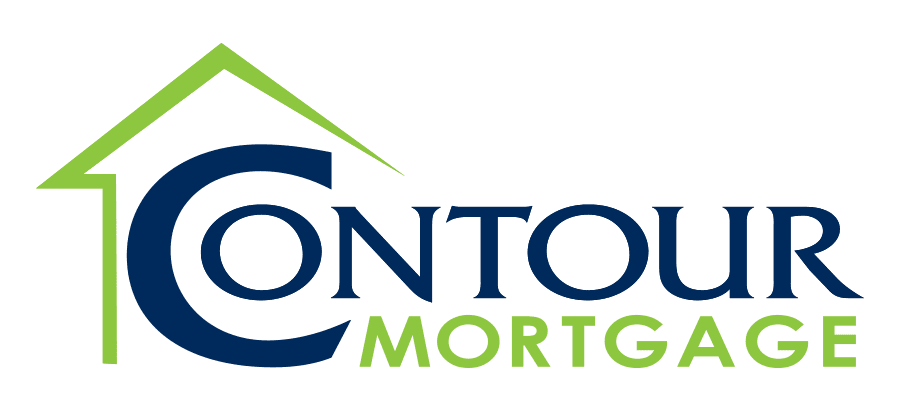Your Best Mortgage Options — Instantly
- Get matched with vetted mortgage lenders in minutes
- Save time with one simple form — no need to shop dozens of sites
- No credit impact. No sales pressure. Just the best fit for your goals
Recent economic developments have led to a notable decrease in mortgage rates, bringing them to their lowest levels in over a month. This shift presents a unique opportunity for prospective homebuyers and those considering refinancing. If you’re planning your next steps, understanding how to position yourself for financial success is crucial in this dynamic market.




As of today, the average 30-year fixed mortgage rate stands at approximately 7.04%, a slight decrease from previous weeks. This decline is attributed to various economic factors, including recent Federal Reserve policies and market reactions to global events. These trends are part of broader mortgage rate updates impacting affordability for buyers nationwide.
The reduction in mortgage rates can significantly impact affordability for homebuyers. Lower rates mean reduced monthly payments, making homeownership more accessible. For current homeowners, this environment offers a favorable opportunity to refinance existing mortgages, potentially securing better terms and lowering monthly obligations.
In markets like Florida, where real estate is highly competitive, these shifts in rates could also affect housing availability and affordability. Explore the latest insights into the Florida real estate market to see how regional trends might influence your decision to buy or refinance.
Several elements contribute to the current mortgage rate landscape:
For buyers and refinancers, understanding these economic factors is key to making informed decisions. Consider reviewing the latest mortgage requirements to see how they align with your financial goals.
The current dip in mortgage rates presents a strategic opportunity for both prospective homebuyers and those considering refinancing. Staying informed about economic trends and consulting with financial advisors can help individuals make well-informed decisions in this dynamic market. Whether you’re planning to buy or refinance, this is an ideal time to evaluate your options and decide whether to buy or rent in 2025.
Our advice is based on experience in the mortgage industry and we are dedicated to helping you achieve your goal of owning a home. We may receive compensation from partner banks when you view mortgage rates listed on our website.

